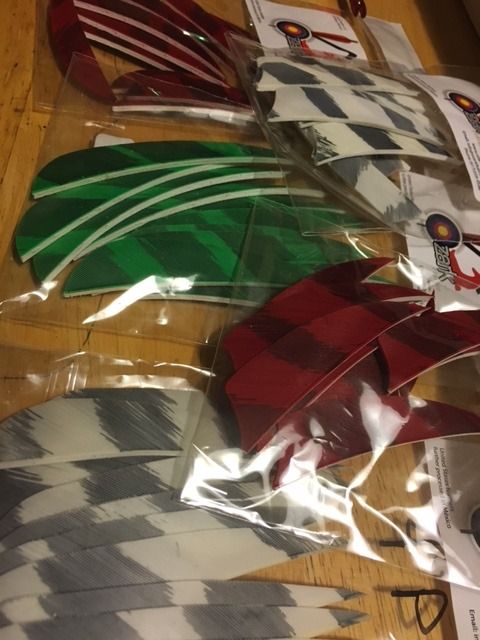Pac8541
Lil-Rokslider
- Joined
- Mar 8, 2014
- Location
- Central AZ
I'm diving into my first couple dozen arrows fletched with feathers and although shooting them side by side will tell the story, I want to avoid uselessly spending time and money from the beginning.
Running a VPA 175 or RMS Cutthroat sized fixed blade broadhead, do you guys find significant flight differences in 3" vs. 4" feathers? Parabolic vs. shield cut? My total weight will be around 540gr with a large amount of FOC, in the 18-20% range. I understand that it takes slightly less square footage in the fletching to stabilize this kind of arrow but how much is the question. Or, does it really matter? Perhaps I'm splitting hairs in discussing an inch difference and fractions of surface area between the 2 shapes but these are the questions that come to mind. Thanks.
Running a VPA 175 or RMS Cutthroat sized fixed blade broadhead, do you guys find significant flight differences in 3" vs. 4" feathers? Parabolic vs. shield cut? My total weight will be around 540gr with a large amount of FOC, in the 18-20% range. I understand that it takes slightly less square footage in the fletching to stabilize this kind of arrow but how much is the question. Or, does it really matter? Perhaps I'm splitting hairs in discussing an inch difference and fractions of surface area between the 2 shapes but these are the questions that come to mind. Thanks.


